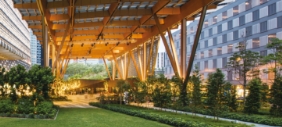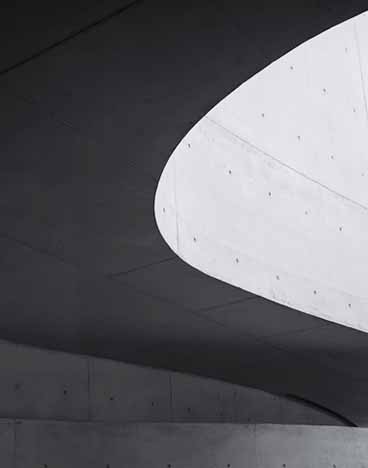2024.01.29 Functional

Functionality and Sustainability 1 -Stop Dirt & Stains on Exterior Wall! -
Do you think it is inevitable for exterior walls to get dirty over time?
White exterior walls are beautiful, but many people may be concerned about the visibility of dirt and stains.
The exterior wall is an important part that determines the impression of a building, so it is best to keep it
clean if possible.
To help with this, there are paints that have the sustainable functionality of “super dirt resistance”. By using
this sustainable functionality, it is possible to deal with a white exterior wall, while simultaneously
achieving the effects that contribute to a sustainable future brought about by the use of white colour.
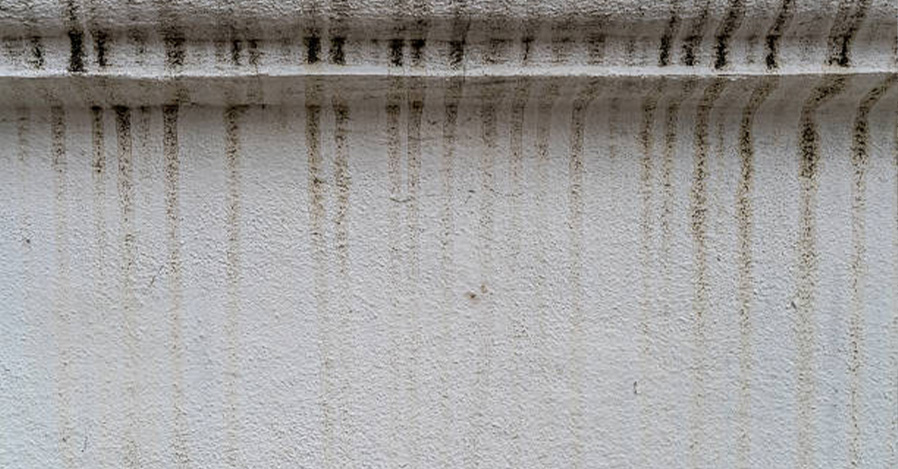
Sustainable Functionality of Paint: Hydrophilicity
Why can super dirt resistant paints provide resistance to dirt and stains?
The key lies in the property known as "high hydrophilicity".
Hydrophilicity refers to the property of having an affinity for water. When water adheres to the
surface, it spreads
thinly, forming a film of water. It is like a water film smoothly spreading to the entire surface.
You may think that it is necessary to repel water to protect the exterior wall. However, with a high
affinity for water,
water penetrates between dirt and the paint film, facilitating the removal of dirt and stains through
rainwater.
Dirt Removal Mechanism Through Hydrophilicity

The outstanding feature of the hydrophilic property is that it can wash away not only typical dirt and
dust, but also oil-based stains caused by exhaust gas, etc., which are easily noticeable and difficult to remove.
Is there any benefit if it doesn't rain? Is it meaningless in areas not exposed to rain?
⇒ By washing with water, you can remove dirt and stains from the surface with its hydrophilic properties.
Benefits of contamination removal performance through hydrophilicity
✓ Maintains the beautiful appearance of the building over a long period of time.
✓ Washes away not only dirt but also oil-based stains such as exhaust gas, etc.
⇒ Ensures sustainability for both the appearance and the building.
White Appearance and Sustainable Effects Achieved by Hydrophilicity
White is a popular colour for exterior walls, but many people worry that white will show dirt and stains easily. As a solution of this problem, we introduced the sustainable feature of paints called hydrophilicity in the previous section.
White exterior walls provide not only aesthetic beauty but also various advantages.
- Temperature Control and Energy Saving
White reflects more sunlight and keeps exterior walls cooler than darker colours. This increases the indoor air conditioning efficiency and reduces energy costs.
Energy conservation reduces the impact on the Earth’s environment, achieving a sustainable living environment. Simultaneously, by reducing energy costs, we can help reduce greenhouse gas emissions and contribute to a sustainable future. - Colour Fading
White coatings/paints have strong resistance to ultraviolet rays. Therefore, it tends to fade and deteriorate more slowly, giving it a longer lifespan.
With a longer lifespan, the frequency of repainting decreases, leading to resource conservation and contributing to a sustainable future. - Wide Variations of White
Even within the category of white colour, there is a diverse range of shades, including yellowish white like ivory, bluish white, pure white, etc. Another advantage is that white goes well with any colour. Furthermore, depending on how it is used, white can give a variety of impressions such as modern, cool, classic, and stylish.
- Aesthetic Appeal and High Asset Value of a White Exterior
The distinctive beauty of white that other colours do not possess and the landscape beauty created through harmony with the surrounding environment and nature contribute to the enhancement of asset value.
Did You Know? -White Wall of Lime/Stucco-
Greece is famous for the beautiful contrast of its pure white buildings and the blight blue sky and sea. The reason why many buildings remain white is because the walls are made of lime (stucco). The lime (stucco) material possesses a self-cleaning effect that removes dirt.
Lime is readily available in Greece. The white walls reflect the strong sunlight, which is typical of the Mediterranean climate, helping to keep buildings cool. Lime also has antibacterial properties, so the key point is that it has not only overwhelming aesthetic appeal, but also functionality suitable for the local climate.
Himeji Castle, one of the first UNESCO World Heritage Sites in Japan, is known as the “White Heron Castle” for the beauty of its white walls. The secret behind this whiteness lies in the use of plaster. It is said that the fire resistance of plaster is one of the reason it was chosen.
Although it is not a paint, the materials used in world-famous buildings are also characterized by its functionality and the beauty of white.
Paint Functionality and Sustainability
Paints and coatings are used for various purposes, such as protecting buildings and enhancing the aesthetic appearance. They play a wide variety of roles. Utilizing the sustainable feature of super dirt resistance can help keep the exterior walls as clean as possible. At the same time, by reducing environmental impact and promoting the efficient use of resources, we can contribute to realizing a sustainable society.
Job References
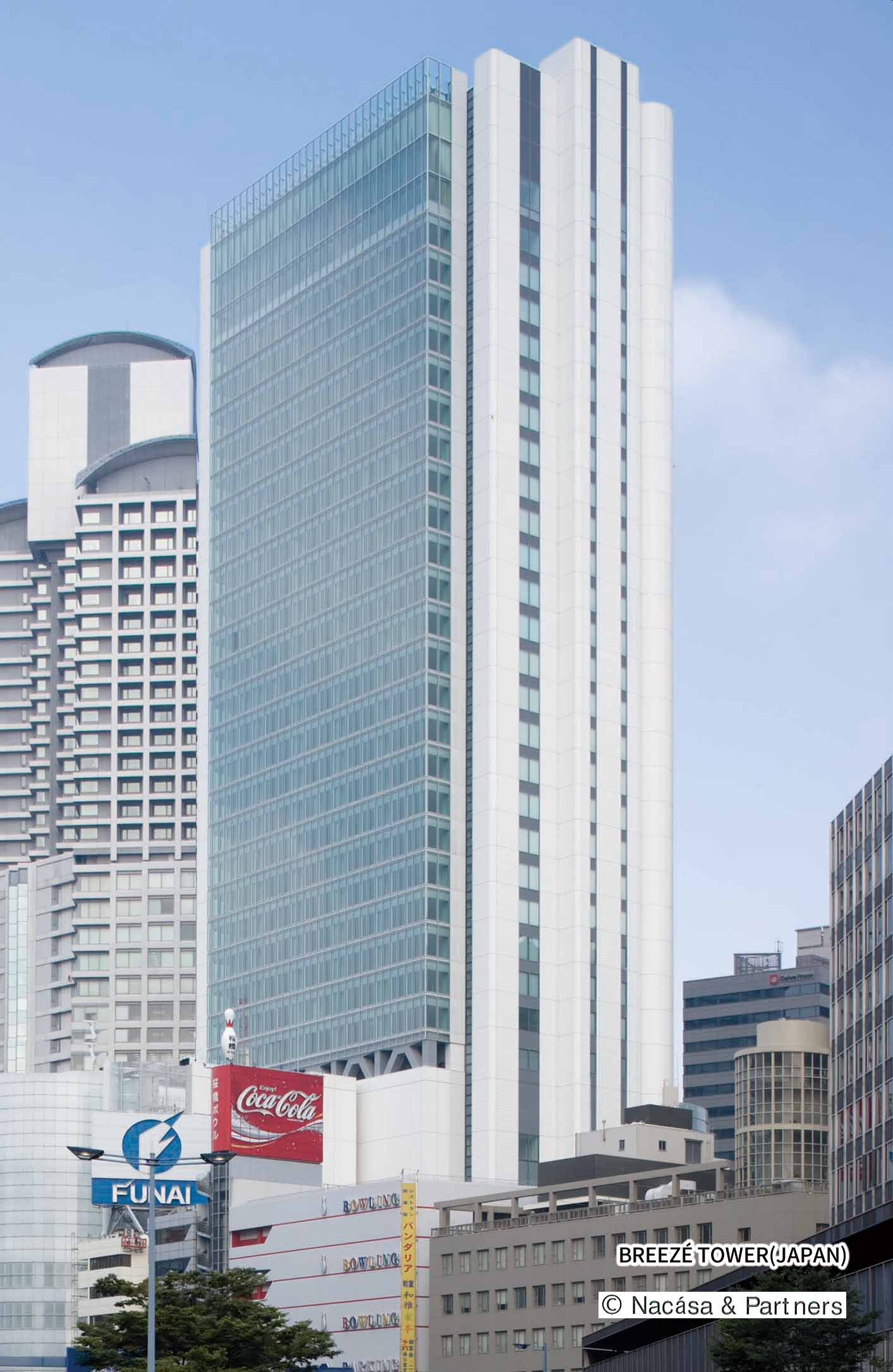
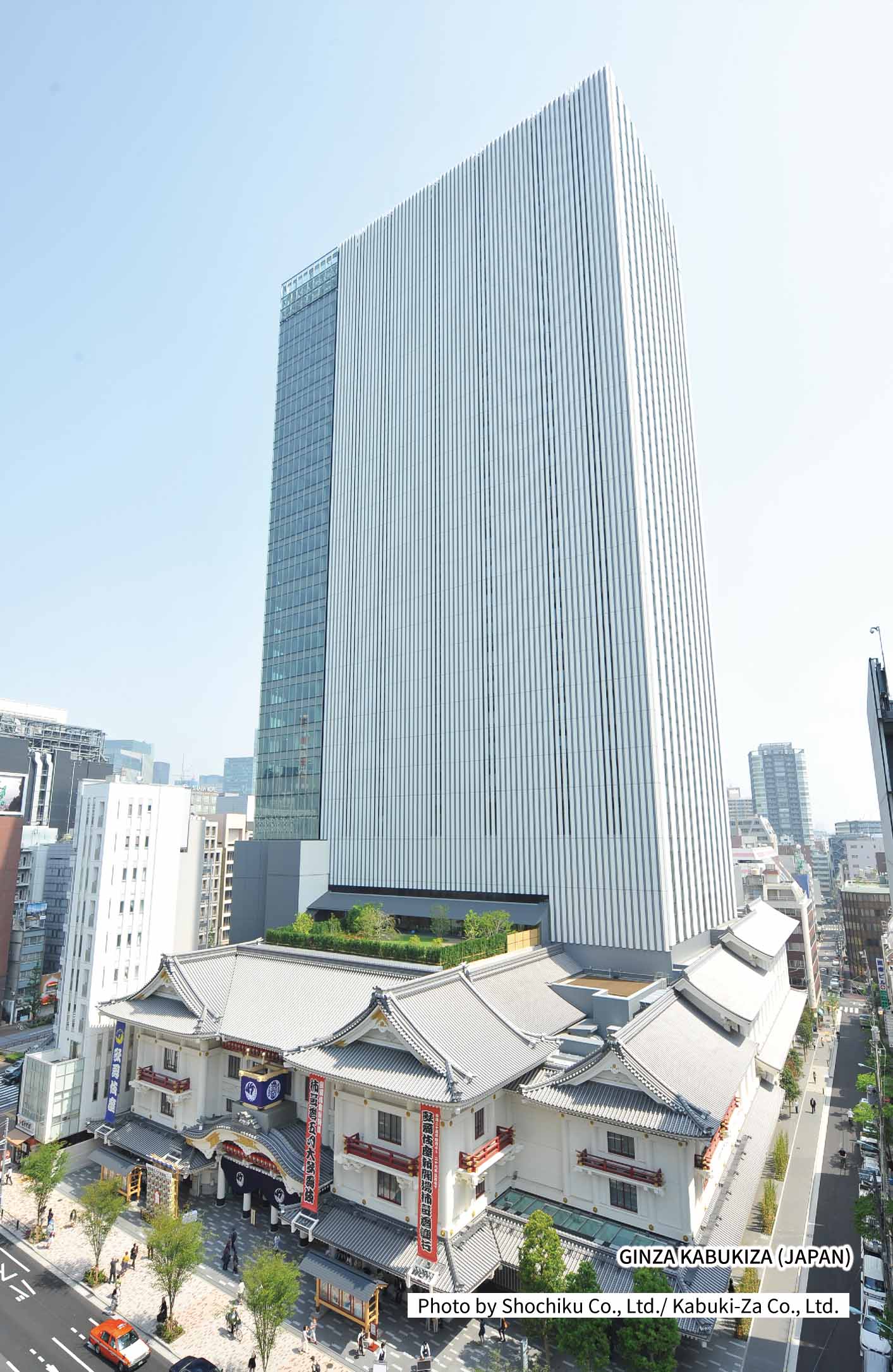
More Information
Products info by themesColumn categories
Access Ranking
Portal categories
Access Ranking
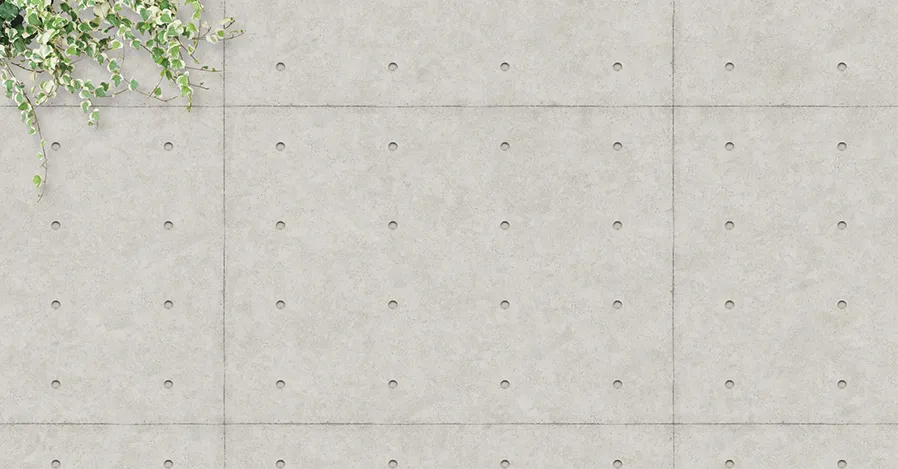
Functional
2024.02.28
Fair-Faced Concrete and Sustainability - Open up New Possibilities of Fair-Faced Concrete -
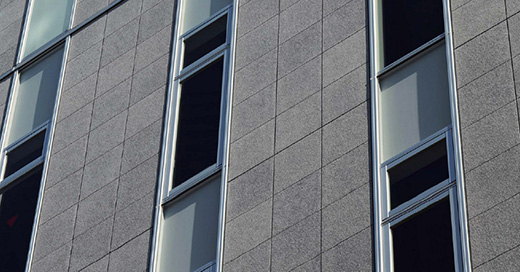
Material
2023.01.20
What are the advantages of expressing with a textured product instead of using natural stone?
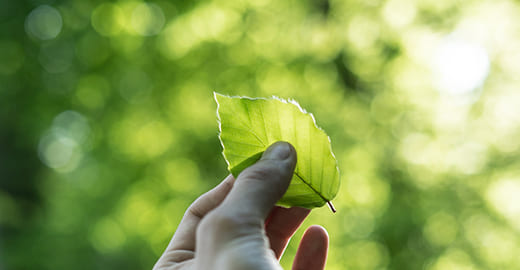
Functional
2023.12.01
Relationship Between Paints and Sustainability

Functional
2024.01.29
Functionality and Sustainability 1 -Stop Dirt & Stains on Exterior Wall! -
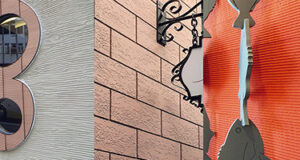
Material
2024.04.03
Rich Colours and Designs Are the Key! -Sustainable Design-
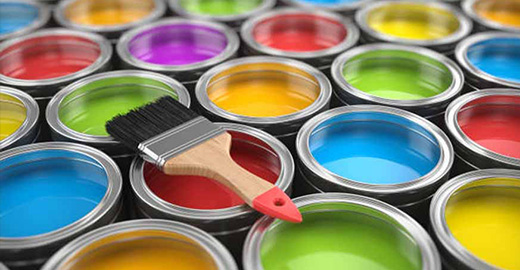
Material
2023.12.11


